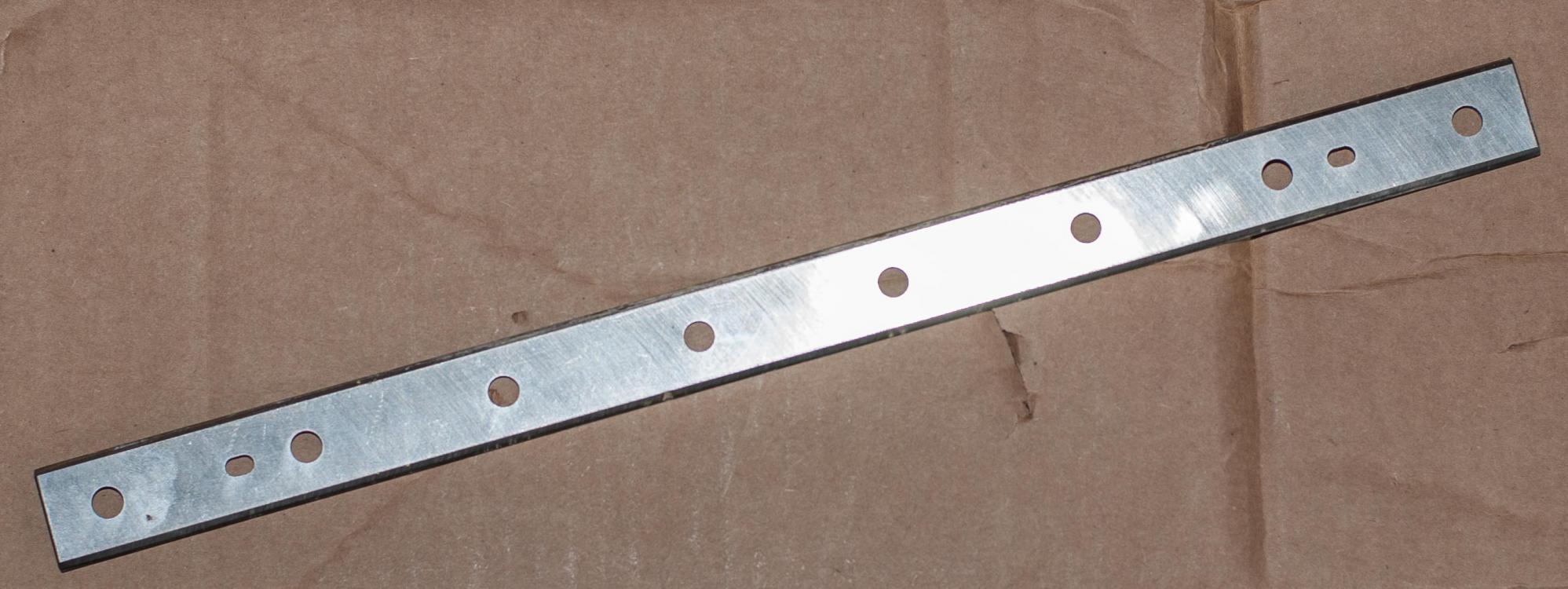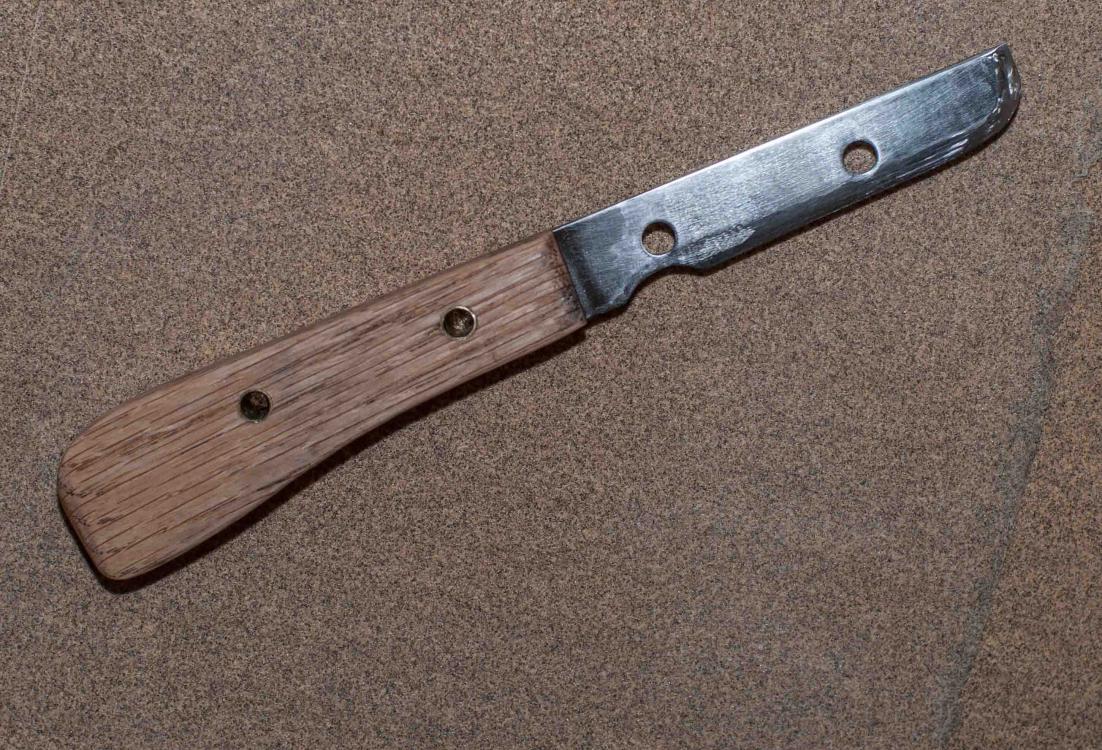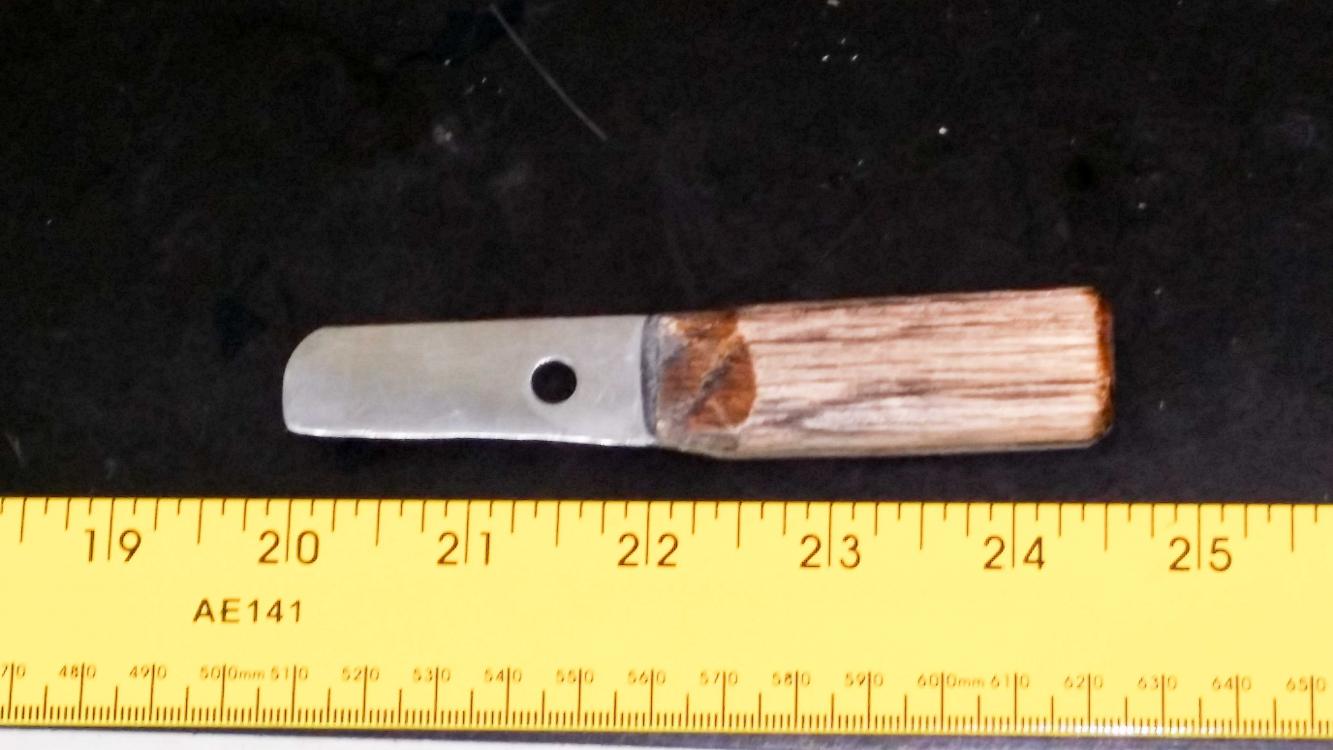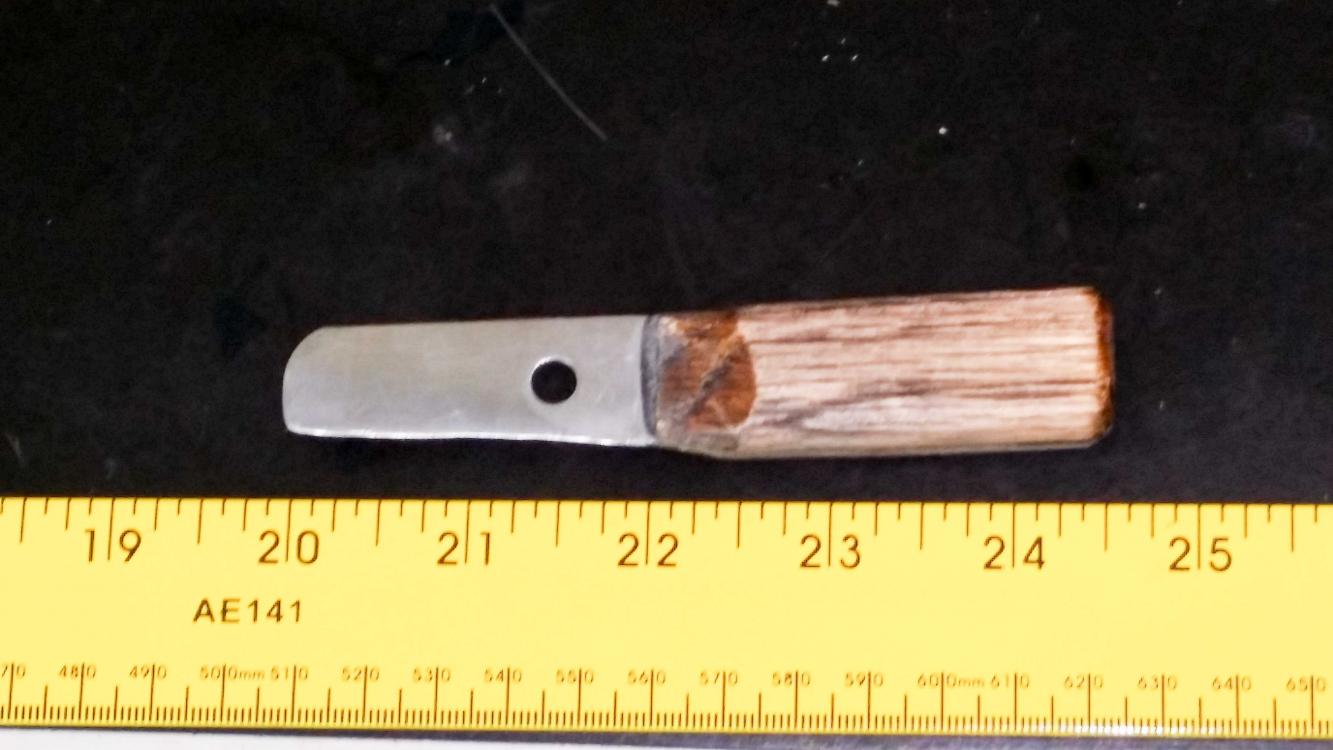-
Posts
11 -
Joined
-
Last visited
-
Hi All: My name is Steve, and I am a wannabe blacksmith.
Status
I am sorry to have missed the meeting opportunity today. I was committed to another activity for my daughter.Hope
I hope to have the opportunity to get together with one or more of you that would show me what you have done to set up there workspace, and share a bit of what you have learned in the process.I have been doing a good deal of reading, but I want to meet real people with actual gear that can be talked about and demonstrated--before I make serious financial and/or safety mistakes (that I am not lucky enough to get away with unharmed).
So Far
I have been using an oxyacetylene torch for a heat source and mostly practicing basic welding and also making jewelry (using hard solder, cold forging, form folding, etc).Knife Like Object
I made a knife like object earlier this week. The point was to do some additional experimenting with high carbon steel. The result was that the object did hold and edge--i can scrape/carve shavings off used brass cartridge casings. But i was most happy to have it show some toughness.I have thrown it against my garage floor, thrown it high into the air for it to fall on the sidewalk and street, thrown it to stick into a wood (pine) block, and the the result was only some dings.
Procedure for above item (abbreviated)
I purchased O-1 tool steel. Cut the shape out with an angle grinder (1/8 in x 1 in x 8 in ), Filed it by hand, heated the blade-end to 'dull-to-bright' red (in a dimmed garage) and quenched it in a quart of new motor oil. I cleaned it up and put it in our oven (set at 425 deg F) for one hour, and let it cool in the oven overnight. Added a bit of pink paracord as a wrapped handle (the handle is probably 1/2 in too short).Best Wishes!





